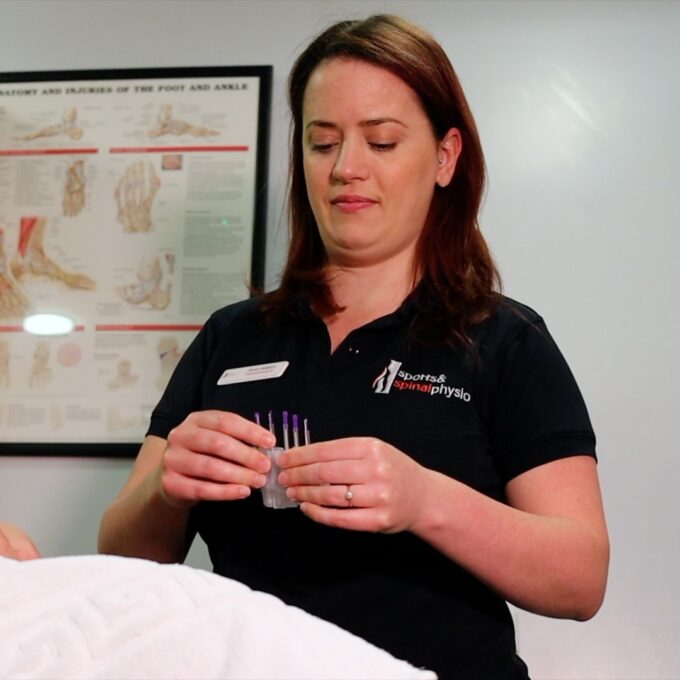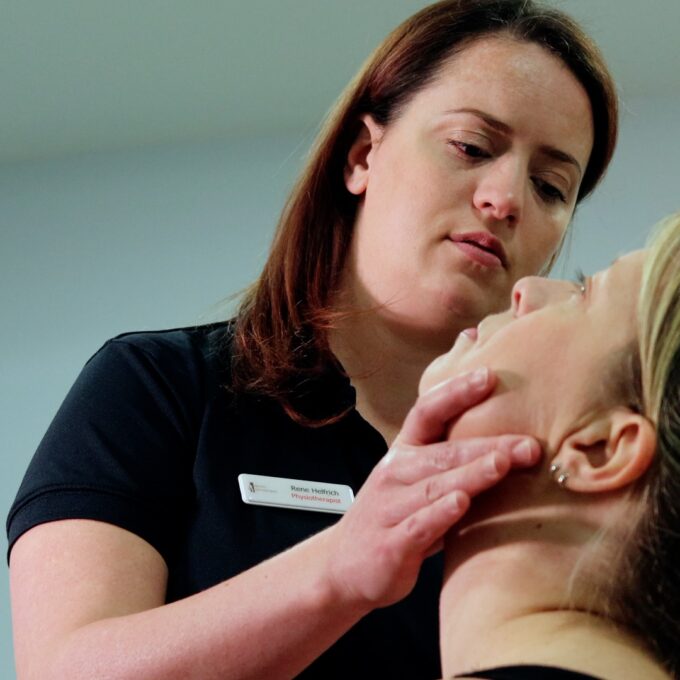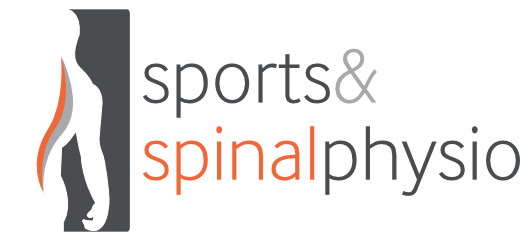Acupuncture/Dry Needling
- Are you looking for relief of pain or muscle tightness?
- Do you want to avoid taking oral medication?
If you answered yes, then acupuncture may just be the thing you need?
What is acupuncture?
Acupuncture is a Western medical needling technique which is targeted at trigger points (increased areas of tension) within muscle identified through hands on palpation and guided by the individual’s symptoms. A sterile, single use and drug free needle is used. These needles are placed intramuscular (into the muscle) and occasionally intra-dermal (just under the skin). Needles are varied in length and are in place as long as it may take for the local muscle response to be achieved (usually no longer than 10 min). Some discomfort can be expected during the session. A local twitch response/ involuntary muscle contraction is often felt as well as a local muscle aching. These are expected, normal and positive responses.

How does it work?
Most pain is caused by noxious stimulus of nerve endings called nociceptors. Stimulation of these nociceptors results in a pain response from the brain and a protective reaction / muscle spasm. This is designed to limit movement of the injured area allowing healing to take place.
Dry needling works to relieve these muscle spasms by creating a response within the muscle by causing a physical change by way of muscle contraction around the needle, a chemical change byway of causing a low-grade inflammatory response and a neurological response by changing the electrical impulse in the area. This all collectively makes the muscle relax and helps with pain.

What can you expect to feel after needling?
Most people experience some discomfort for 24-48hrs after needling. This often feels like bruising and some increased tightness. These sensations are normal and expected. Strenuous exercise should be avoided for 24hrs after needling.
Who is appropriate for needling?
- Any individual with pain which is myofascial in nature (coming from the soft tissues). There is some evidence to support needling insertional tendinopathy (tendon pain) and scar tissue pain.
Who is not appropriate?
- Needle phobia.
- Patient unwilling – fear, patient belief.
- Unable to give consent – communication, cognitive, age-related factors.
- Medical emergency or acute medical condition.
- Over an area or limb with lymphodema as this may increase the risk of
- Infection/cellulitis and the difficulty of fighting the infection if one should occur.
- Relative contraindications:
- Abnormal bleeding tendency
- Compromised immune system
- Vascular disease
- Diabetes
- Pregnancy
- Children
- Frail patients
- Patients with epilepsy
- Psychological status
- Patient allergies – stainless steel
- Patient medication – blood thinners
Next Steps: Use one of our 4 options below to get started...
What Our Patients Say
Finally
If you are still considering what to do or just browsing why not download one of our free guides below.
